The Canada Craft Federation—and many of our member and affiliate organizations—can trace its roots back to the early 1900s, with the foundation of the Canadian Handicrafts Guild. From the earliest days of the Guild, volunteerism has been at the heart of the Canadian fine craft industry. For over a century, countless volunteers have organized exhibitions and fundraising auctions, served as Board Members, and more. Read the timeline of how volunteers shaped—and were shaped by—the formation of the Canadian Craft Federation…
1900-1909
1900:
- The Canadian Handicraft Guild begins as the Handicraft Subcommittee of the Montreal branch of the Women’s Art Association of Canada (WAAC), led by Mary Alice Peck and Mary Martha (May) Phillips.
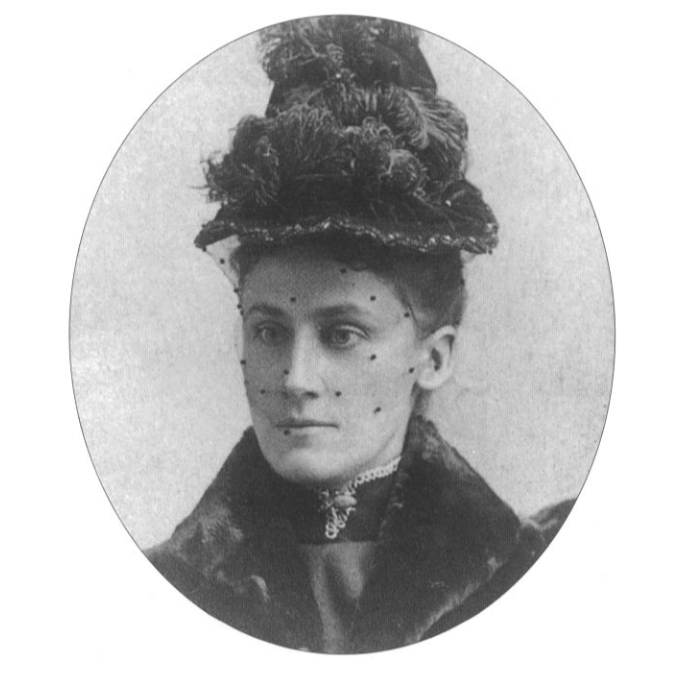

1902:
- Peck and Phillips establish a Montreal storefront called “Our Handicrafts Shop.”
- Peck leads a volunteer committee in the resort town of Métis-sur-mer in curating an exhibition of craft from the area. This exhibition brought together Anglophone, Francophone, and Indigenous craftspeople, making it the first of its kind in Canada.

1906:
- Inspired by the success of their shop and exhibition, Peck and Phillips incorporate the Canadian Handicrafts Guild as its own non-profit voluntary organization with the goal of promoting and marketing traditional crafts.
1910 -1929
1910:
- Phillips travels on a lecture tour of Western Canada, leading to the establishment of Guild branches across the country. Guild volunteers, primarily well-to-do women, work to develop collections, curate exhibits, and facilitate sales opportunities, with the goal of reviving and developing what they called “home art industries.”
1914-1920:
- During the First World War, Guild members volunteered with soldiers. Peck taught weaving to injured soldiers, and in 1919, she created Undermount Industries, a program based in her home for veterans to learn crafts for therapeutic purposes and to earn an income.
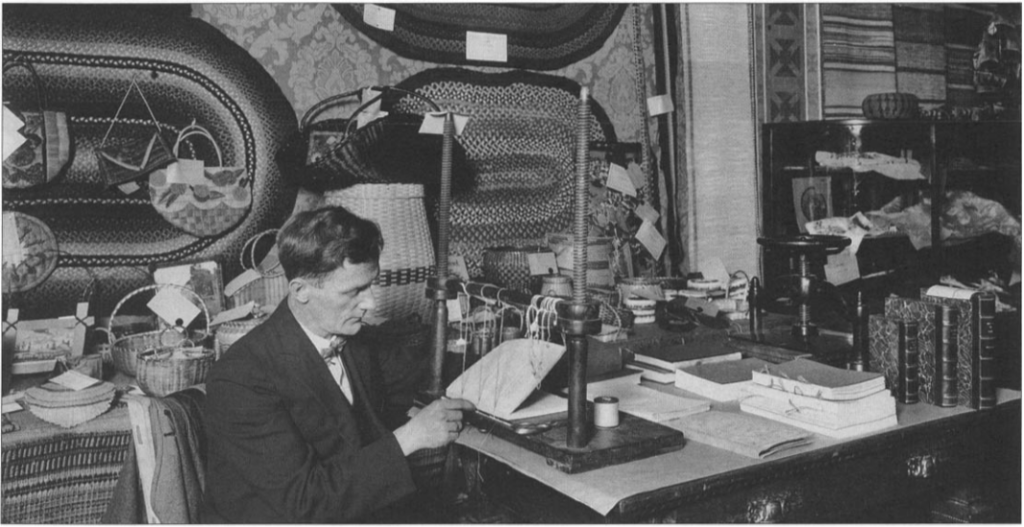
1920:
- Similar programs spread across Guild branches after the war, such as in Alberta, where volunteers worked closely with veterans’ hospitals to help disabled veterans earn an income through craft.
The Inter-War Period and the Great Depression
1920-1935:
- The Guild was not alone. Many independent craft associations emerge in the 1920s and 1930s—Cape Breton Home Industries, Victoria Island Arts and Crafts Society, Mount Allison Handicrafts, Charlotte County Cottage Crafts, and North Lanark Weavers Guild—all with the help of volunteer contributors.
1928:
- The Manitoba branch of the Guild hosts their first event in 1928, “The New Canadian Folksong and Handicraft Festival,” inviting new immigrants to the province to demonstrate their rich cultural heritage.

1931:
- In 1931, a group of Toronto individuals interested in crafts join together to form the Handicrafts Association of Canada (which later merged with the Guild to become the Ontario Branch of the Canadian Handicrafts Guild). The Toronto group arranges to sell fine craft in Eaton’s flagship College Street Store. With this income, the Volunteer Committee would later purchase storefront space dedicated to Ontario craft.
1930s:
- During the Great Depression, Guild members increase their efforts, viewing the sale of craft items as a source of much-needed additional income for amateur craftspeople. The Montreal branch opens a weaving school to train instructors to teach weaving to farmers in Manitoba and Alberta.
- The Manitoba branch of the Guild establishes a library of craft publications and patterns for use in workshops and by craftspeople.
The Post-War Era
1945:
- Guild volunteers work with the Royal Ontario Museum to stage a major exhibition, “Design in Industry,” reflecting the increasingly widespread interest in fine craft in the era.
1946:
- Jean Russell and Elena (Arkell) Wait broadened the Junior League of Vancouver’s charitable work by embracing support for the arts. They established the Community Arts Council of Vancouver, which supported artists and arts organizations and hosted exhibitions. The Craftsmen’s Association of BC grew out of this organization in 1972.
1960-1969
1964:
- Aileen Vanderbilt Webb, Margaret Patch, and Kamaladevi Chattopadhyay establish the World Crafts Council at the first World Crafts Council General Assembly. The conference attracts 942 attendees from 47 countries, including 30 Canadians. The World Crafts Council promotes the professionalization of craft globally.
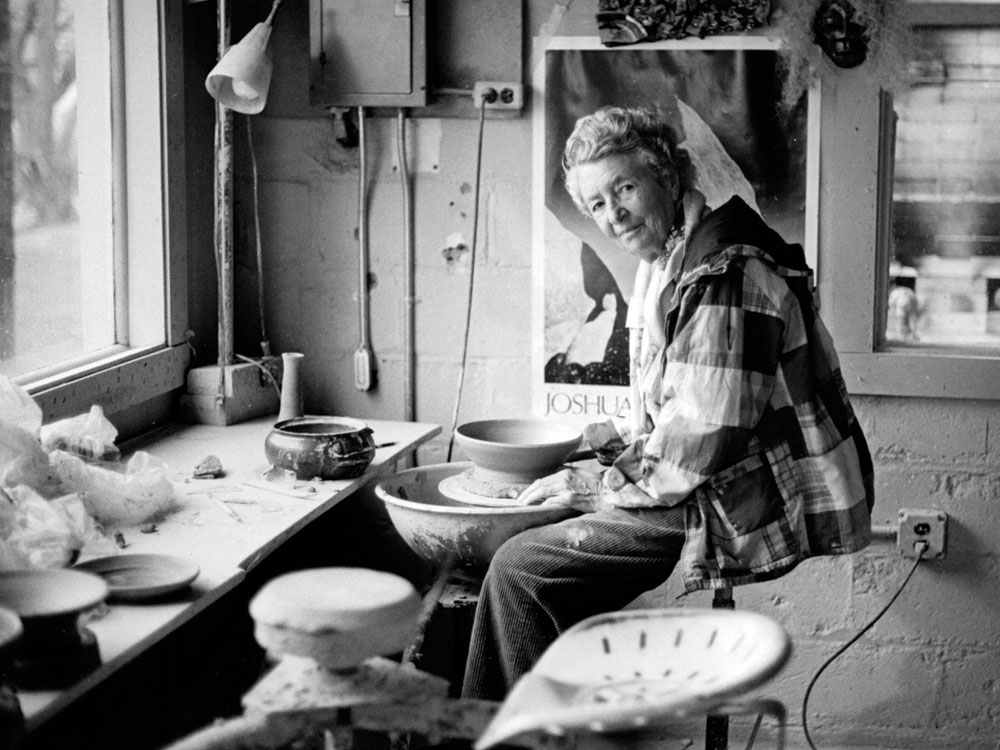
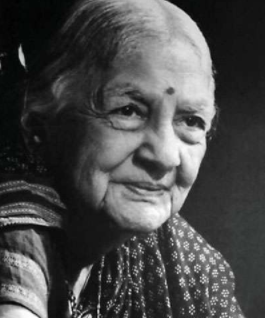
- Following the World Crafts Council General Assembly, the Canadian Council for the Environmental Arts/Conseil Canadien pour les arts de l’espace (later renamed Canadian Craftsman’s Association) forms as an alternative national craft organization with a significant emphasis on professionalism, modernism, and the development of higher education in craft.
1970-1979
1970:
- With this push towards professionalization, many of the volunteers on the Women’s Committee of the Guild are categorized as “amateurs” who are out of step with modernity. Despite this, they continued to play an active role in the fine craft industry.
1974:
- The Guild merges with the Canadian Craftsman’s Association to form the Canadian Crafts Council.
- The biennial conference of the World Crafts Council was held in Toronto, uniting 1500 craftspeople from over 70 countries. More than 170 female volunteers assisted in hosting the Conference, most notably as guides for the exhibition, In Praise of Hands. Sandra Alfoldy quotes these volunteers, writing: “Although their names were not mentioned in publications and their voices within and regarding the exhibition were rarely heard, they believed that even though ‘scant attention was paid to our views at the Committee level, yet there is no doubt that the exhibition bore the stamp of our personality.’”
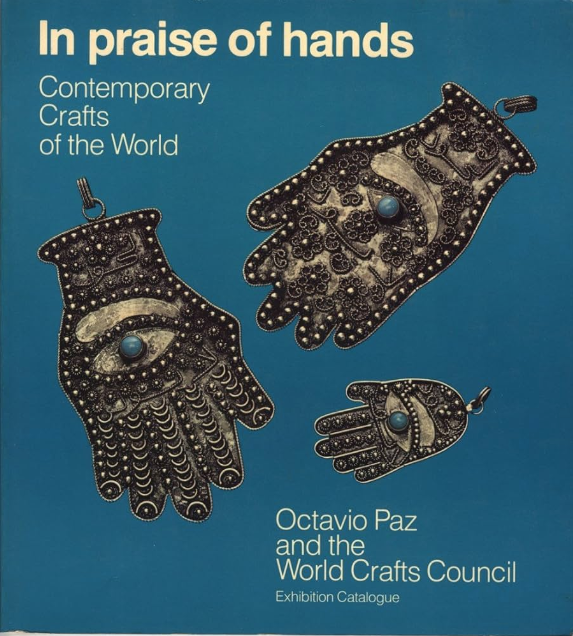
1976:
- The Steering Committee for International Women’s Year facilitates “Women and the Arts,” an exhibition at the Art Gallery of Harbourfront that includes Joyce Wieland, Jo Manning, Judith Currelly, and others.
1977:
- The Samuel and Saidye Bronfman Family Foundation establishes the Saidye Bronfman Award for Excellence in Fine Crafts.
1979:
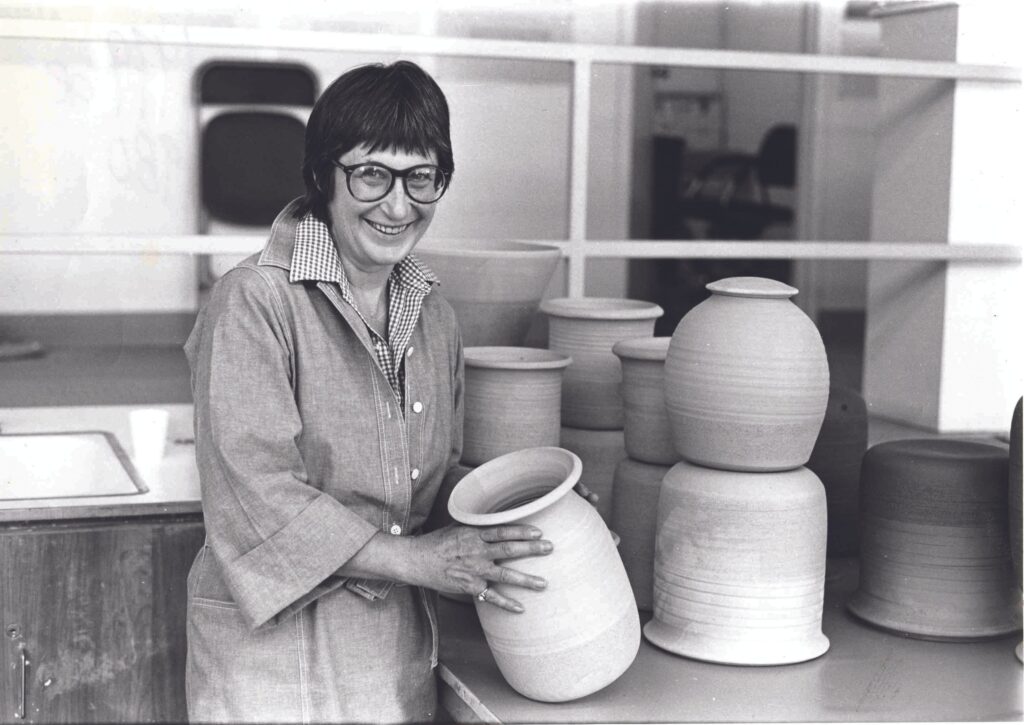
- Jean Johnson begins running Harbourfront Centre’s Craft Studio. She introduces a resource library and a volunteer advisory committee to the site.
1980-1999
1988:
- The Canadian Crafts Museum opens in Vancouver with the support of volunteers and donors as Canada’s first national institution devoted exclusively to the crafts. The Museum later closed in 2002.
1995-1998:
- The federal government withdraws funding from the Canadian Crafts Council. Joan Waldorf and a group of five volunteers, including Robert Jekyll, run the Council from her home. This group works relentlessly without compensation to keep the Council operational.
1998:
- Provincial representatives meet to discuss the future of the Canadian Crafts Council, resulting in the creation of the Canadian Craft Federation. This change initiates a new era of fine craft across Canada and signals a heightened role for provincial craft organizations.
1999:
- The first Annual General Meeting of the CCF/FCMA is held by conference call, and the first officers are elected.
Since the creation of the CCF/FCMA in 1998, volunteers have been the bedrock of our organization, reflecting a legacy of volunteerism that dates back to our forerunners, Mary Alice Peck and Mary May Phillips. Our Board of Directors graciously volunteers their time, and we recognize that our future success hinges on the continued dedication of volunteers who contribute their skills and passion to advancing the Canadian craft sector. Volunteerism not only shapes our past but also paves the way for our future, ensuring that we remain a dynamic and inclusive community dedicated to the craftspeople of Canada.
Sources:
Sandra Alfoldy, Crafting Identity: The Development of Professional Fine Craft in Canada. Kingston/Montreal: McGill-Queen’s University Press, 2005.
Sandra Alfoldy, “Global Peace Through Craft: The Formation of the World Crafts Council.” Garland Magazine, February 26, 2019. https://garlandmag.com/loop/sandra-alfoldy/
“Another Metis Connection: Alice Peck – The Canadian Handicrafts Guild.” Heritage Lower Saint Lawrence, https://heritagelsl.ca/alice-peck-and-the-canadian-handicrafts-guild-another-metis-connection/
“Craft Ontario Volunteer Committee,” Craft Ontario. https://www.craftontario.com/membership-programs/awards/19-membership-programs/craft-awards/261-craft-ontario-volunteer-committee.html
Brandi Goddard, “History of the Edmonton Branch of the Canadian Handicrafts Guild, 1911-1966,” Edmonton City as Museum Project, April 20, 2021. https://citymuseumedmonton.ca/2021/04/20/history-of-the-edmonton-branch-of-the-canadian-handicrafts-guild-1911-1966/
Alice Hamilton, “The New Canadian Folksong and Handicraft Festival, 1928.” MCML Blog: Crafting for the Community, October 23, 2020. https://c2centreforcraft.ca/2020/10/23/crafting-for-the-community/
Joyce Lovelace, “Who Was Aileen Osborn Webb?” American Craft, August/September 2011. https://www.craftcouncil.org/magazine/article/who-was-aileen-osborn-webb
Ellen Easton McLeod, “PHILLIPS, MARY MARTHA (May),” Dictionary of Canadian Biography. http://www.biographi.ca/en/bio/phillips_mary_martha_16F.html
Ellen Easton McLeod, The Women of the Canadian Handicrafts Guild. Kingston/Montreal: McGill-Queen’s University Press, 1999.
“OCAD University Remembers Honorary Fellow, Jean Johnson, CM.” OCAD University, June 3, 2014. https://www2.ocadu.ca/news/ocad-university-remembers-honorary-fellow-jean-johnson-cm
“Our History.” La Guilde. https://laguilde.com/en/blogs/a-propos/notre-histoire
“PECK, Alice (Mrs. James Peck).” Canadian Women Artists Initiative. https://cwahi.concordia.ca/sources/artists/displayArtist.php?ID_artist=5566
“PHILLIPS, Mary Martha.” Canadian Women Artists Initiative. https://cwahi.concordia.ca/sources/artists/displayArtist.php?ID_artist=230

